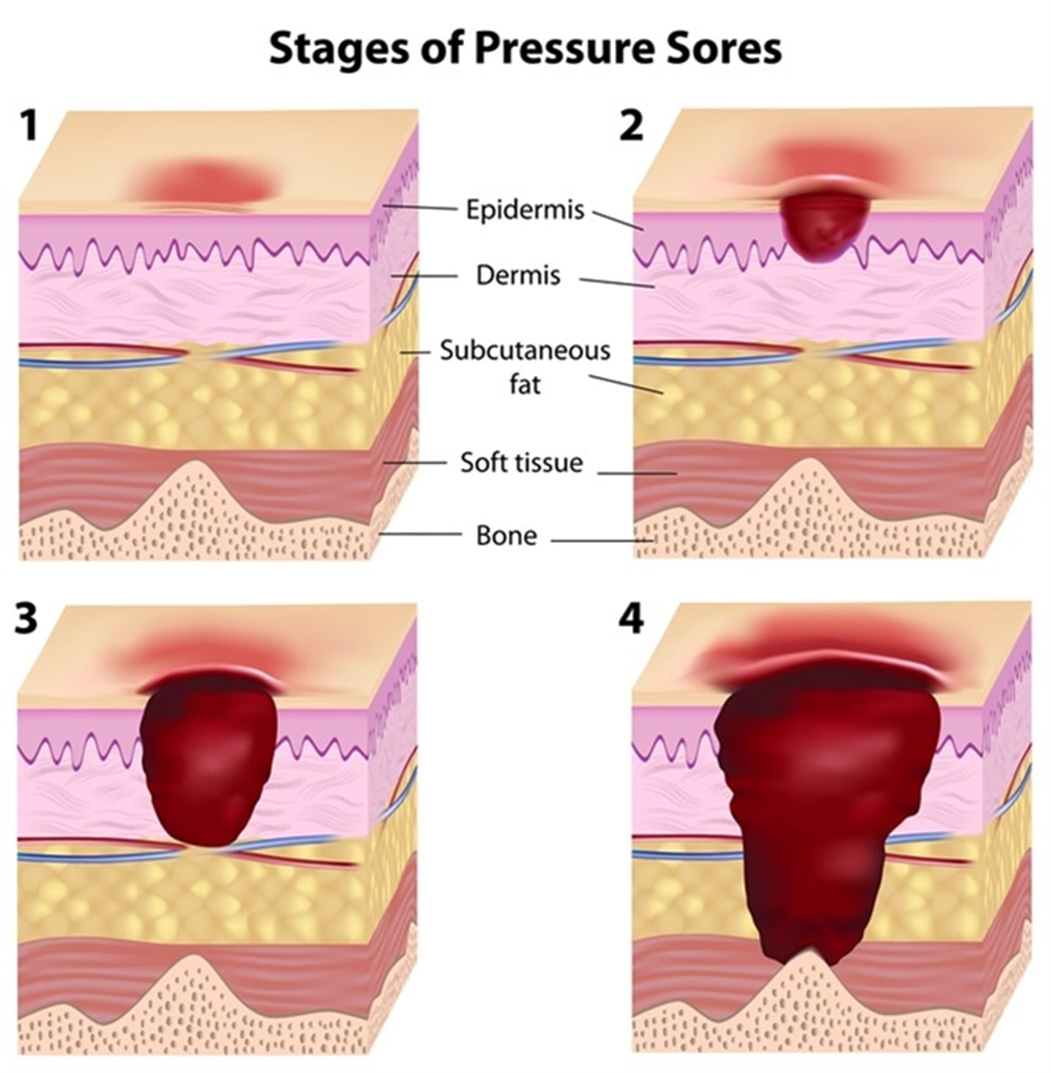A nurse working in the emergency department is assessing several clients. Which of the following clients is the highest priority?
A client who has a raised red skin rash on his arms, neck, and face
A client who has active bleeding from a puncture wound of the left groin area
A client who reports shortness of breath and left neck and shoulder pain
A client who reports right-sided flank pain and is diaphoretic
The Correct Answer is B
Choice A reason: A client who has a raised red skin rash on his arms, neck, and face may have an allergic reaction or a skin infection, which are not life-threatening conditions. The nurse should monitor the client for signs of anaphylaxis or systemic infection, but this client is not the highest priority.
Choice B reason: A client who has active bleeding from a puncture wound of the left groin area is the highest priority because they are at risk of hemorrhage and shock. The nurse should apply direct pressure to the wound, elevate the affected leg, and monitor the client's vital signs and hemoglobin level.
Choice C reason: A client who reports shortness of breath and left neck and shoulder pain may have a cardiac or pulmonary problem, such as angina, myocardial infarction, or pulmonary embolism, which are serious conditions. The nurse should obtain an electrocardiogram, administer oxygen, and prepare for further diagnostic tests and interventions, but this client is not the highest priority.
Choice D reason: A client who reports right-sided flank pain and is diaphoretic may have a renal or urinary problem, such as kidney stones, pyelonephritis, or renal colic, which are painful but not life-threatening conditions. The nurse should administer analgesics, encourage fluid intake, and collect a urine sample, but this client is not the highest priority.
Nursing Test Bank
Naxlex Comprehensive Predictor Exams
Related Questions
Correct Answer is A
Explanation
Choice A reason: This is the correct choice because this client has the highest risk of injury or death in the event of a fire. The client is confused and may not understand the situation or follow instructions. The client is also restrained and cannot move or escape without assistance. The nurse should evacuate this client first and remove the restraints as soon as possible.
Choice B reason: This is not the correct choice because this client has a moderate risk of injury or death in the event of a fire. The client is postoperative and has a chest tube, which may limit their mobility and require special equipment. However, the client is not confused or restrained and can cooperate with the evacuation process. The nurse should evacuate this client after the confused and restrained client.
Choice C reason: This is not the correct choice because this client has a low risk of injury or death in the event of a fire. The client is in Buck's traction, which is a type of skin traction that does not require pins or wires. The client can be easily moved by releasing the weights and securing the traction to the bed. The nurse should evacuate this client after the postoperative and chest tube client.
Choice D reason: This is not the correct choice because this client has the lowest risk of injury or death in the event of a fire. The client is receiving IV chemotherapy, which is a treatment that can be stopped and resumed later. The client is also ambulatory, which means they can walk and move without assistance. The nurse should evacuate this client last or ask them to evacuate themselves.
Correct Answer is D
Explanation
Choice A reason: This client does not need an interdisciplinary conference because their condition is not complex or chronic. The nurse can manage the client's care by monitoring their vital signs, fluid intake and output, and hydration status. The nurse can also educate the client on how to prevent orthostatic hypotension by changing positions slowly and wearing compression stockings.
Choice B reason: This client does not need an interdisciplinary conference because their condition is well-controlled and self-managed. The nurse can manage the client's care by checking their blood glucose levels, administering insulin as prescribed, and providing dietary and lifestyle education. The nurse can also collaborate with the diabetes educator or the endocrinologist if needed.
Choice C reason: Although this client is at risk for pressure ulcers, their albumin level is within the normal range, indicating adequate nutritional status. Low albumin levels are often associated with poor wound healing and increased risk of skin breakdown, but in this case, nutrition does not appear to be a concern. Preventive measures, such as regular repositioning, skin assessments, and pressure-relieving devices, can be implemented by nursing staff without requiring an interdisciplinary meeting.
Choice D reason:This client is the most appropriate candidate for an interdisciplinary conference. The activated partial thromboplastin time (aPTT) is a critical lab value for monitoring heparin therapy, and a level of 34 seconds is below the therapeutic range. A subtherapeutic aPTT increases the risk of clot formation, indicating that the heparin dose may need to be adjusted. An interdisciplinary team, including the physician, pharmacist, nurse, and laboratory personnel, should collaborate to ensure safe and effective anticoagulation management. This conference would allow for a discussion on dosage adjustments, potential medication interactions, and continued monitoring to prevent complications such as deep vein thrombosis or pulmonary embolism.

Whether you are a student looking to ace your exams or a practicing nurse seeking to enhance your expertise , our nursing education contents will empower you with the confidence and competence to make a difference in the lives of patients and become a respected leader in the healthcare field.
Visit Naxlex, invest in your future and unlock endless possibilities with our unparalleled nursing education contents today
Report Wrong Answer on the Current Question
Do you disagree with the answer? If yes, what is your expected answer? Explain.
Kindly be descriptive with the issue you are facing.
